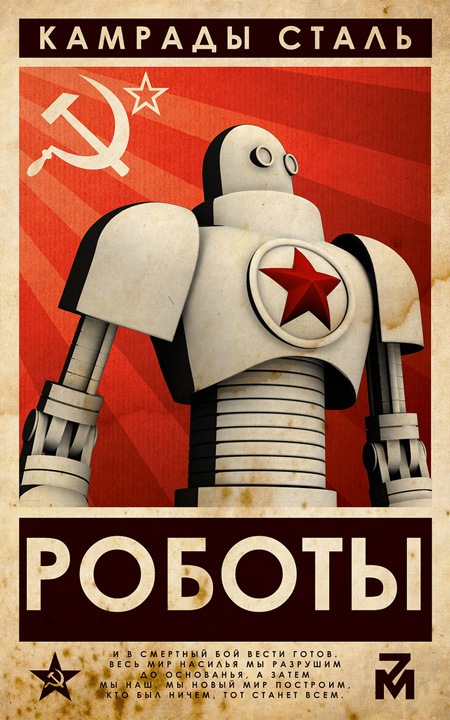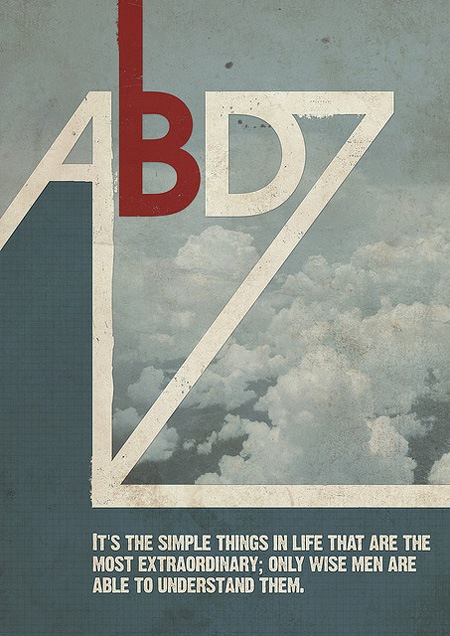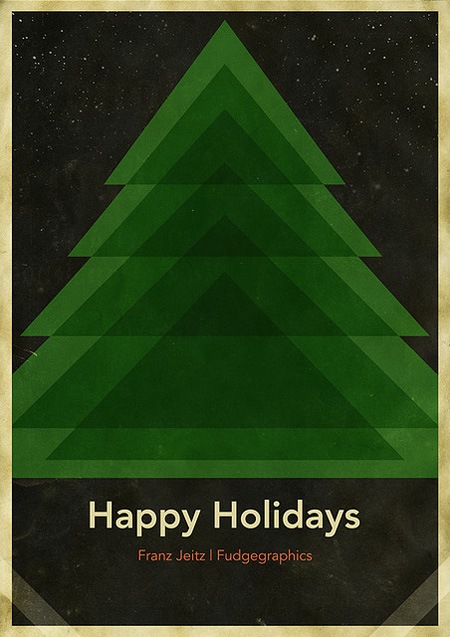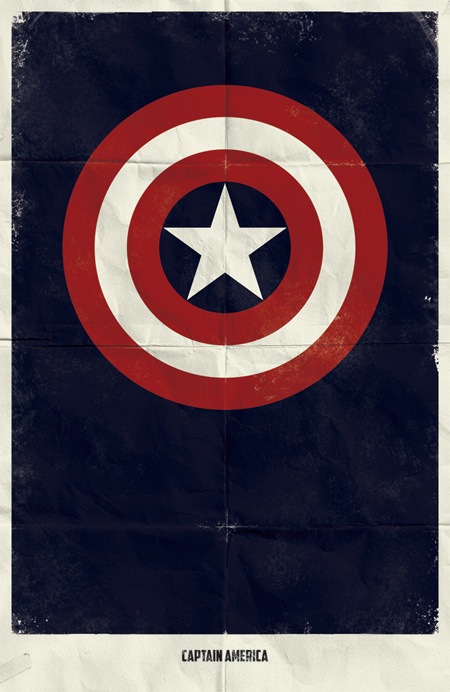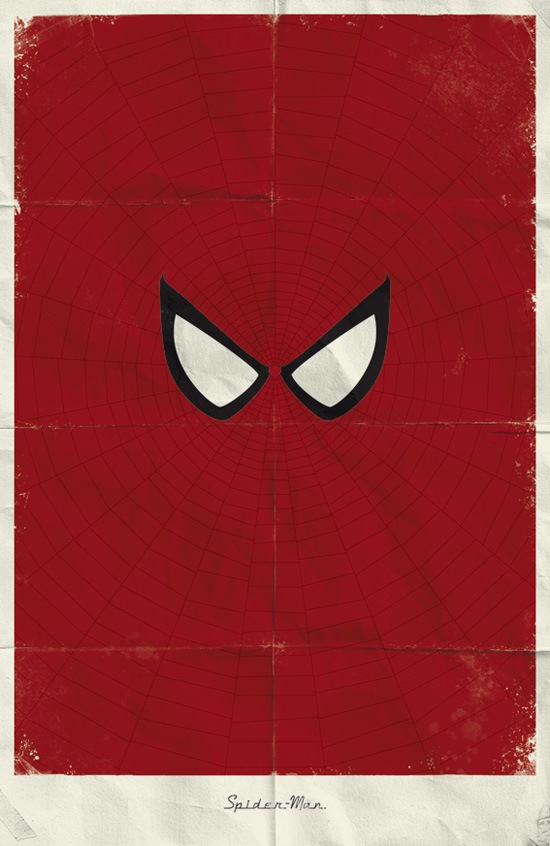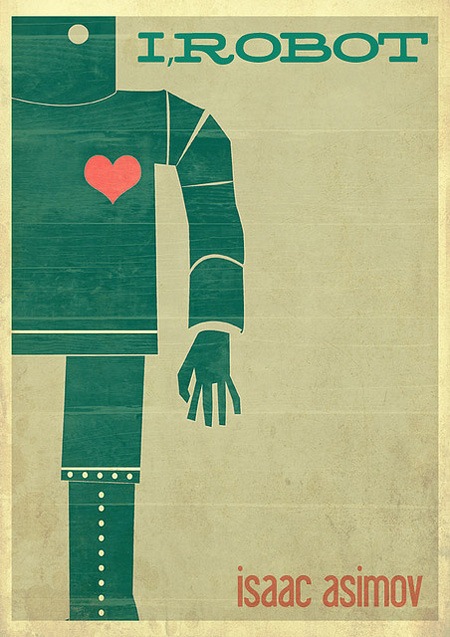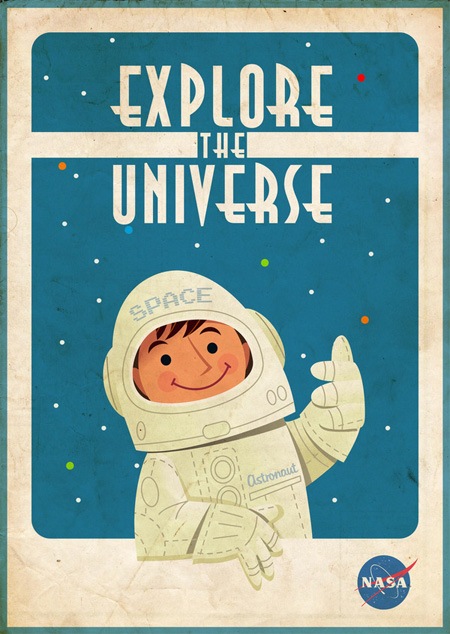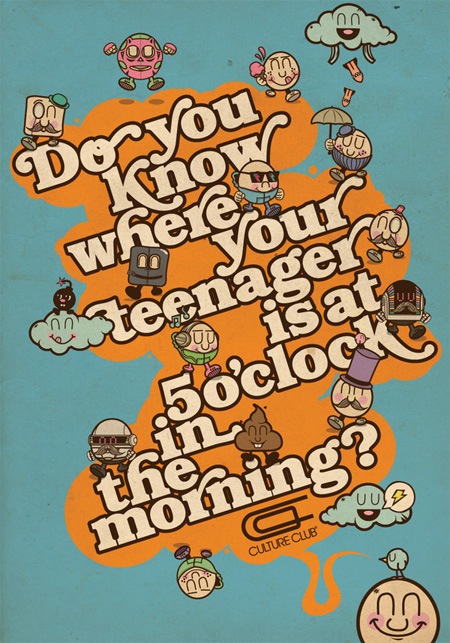Every object contains information about itself whether it is about the type of the object, the model or its cultural background (historic, ethnical etc..). Every cultural model, and respectively its object that represents the model’s properties can be analyzed from different points of view. The example of the canon as a cultural program is the most significant example because it is considered to be sacred, meaning it is illuminated by God and it is complete, meaning it covers all the existence of the canon. The first encounters with the canon show that it had different important roles in the life of humankind:
- crystallization of the culture’s memory;
- a source of order;
- an ideal model for constructions;
- a lifestyle program;
The canon has 3 systemic levels and this is what models the structure of different points of view regarding the object.
The systemic levels of the canon are:
- a gathering of objects and structures that together form the cultural matter and at this level the canon determines the integrity of the material environment;
- the conceptual consistency that includes the system of symbols and superior values, referring to the life of humankind and their material world. This level sets the idea, being the starting point of order;
- the language of the morphology of the socio-material world as a perfect aesthetical system. This level determines the artistic techniques that can be determined through an analysis of the material environment seen through its system of values;
- the process of the consumers activities (let’s call it the instrumental position);
- the orientation of values and significations of the consumer as a member of the society or any other social group (the ideological point of view);
- the culturally-linguistic point of view;
Of course, every object, as well as all the cultures included in it, involves all the levels described above at the same time. They are inseparable in real life and the designer acknowledges one of these levels as the starting point of a project.
The instrumental point of view of the object
When seeing the object from an instrumental point of view, one has to spot the most important traits of the object, like – comfort, efficiency, user friendliness or the flexibility of its construction. The design solution of an object sets its qualities into information that describes the shape. In the real world though, the designer is offered sections where the possibility to rethink the functionalities of an object is not visible, hence it is not suitable for the given way of life. This kind of situation will ask for a way of thinking that is not trivial because this is when the usual needs of the consumer are destroyed and the designer has to come up with a new social behavior, bringing into the day to day life totally unusual objects.
As a methodic instrument while searching this unusual type of object, is the extendibility of the searching territory by attracting different reality domains. For example while designing an object for home use; one has to take into consideration the prototype of an industrial object, while the industrial object can be associated with an object taken from nature and so on. This is how the routine barriers are broken regarding the traditional set of objects taken from nature. You will have to adapt it to a new environment and the objects that surround it. This process of changing a given object in accordance with a new environment and functionalities is called metonymic and metaphoric morphology.
There are two main things to be considered:
- in the process of creation of a new functional object that would solve a new issue it is very important to see the imperfections right from the beginning;
- rationality, being on the right track, intuition and creativity – all of these are design and cultural triggers;
The ideological point of view over an object
This type of vision over the object is dominant when its designer knows that a point of view that is strictly seen as an utility that will not guarantee the best result. In this case, the designer will mostly concentrate on a symbolic signification of the object for the potential client. The object is now seen as a symbol and is expected to meet different socio-cultural values. This point of view is more related to the consumer and his needs, rather than focusing on the object itself. People buy objects because they want to fulfill their needs. For instance they don’t buy a carpet, but the comfort of their home through this carpet. It is then important to know the needs of the future consumer, in order to design objects that would fulfill them whether it’s ethnic, moral, regarding age, occupation or social status.
In this case, in order to obtain a non-trivial result, the so called “theatrical approach” will have to be applied. The object is taken from one environment to another; let’s say we can take an object that is usually used as a household and put it into and exhibit or a stadium, hence totally changing its environment. The object has the complicated role to meet up the growing human needs.
Analyzing and object from this point of view, the designer first tries to come up with a symbolic morphology, hence analyzing the relationships between objects and people. Another analysis method would be allegoric morphology, hence representing certain values specific for a culture (military clothes can for instance represent the military culture). Once the designer finds a good solution to his analysis, he can bring new brilliant ideas to life, having new significations.
The cultural-linguistic point of view over the object
This point of view specifies that one object is no longer related to other object hence replacing one another. In this situation the object is related to the used language and to the designer’s techniques. If the designer is smart enough and sensible to certain trends from different art spheres, then the stylistic point of view will certainly be reflected in his designed projects. All the different traits and skills met in arts, painting or architecture help the designer achieve his goals and in a way marks his artistic career. It is important to mention that in arts, any events that happen will finally come to an end from an aesthetic point of view. It is practically impossible to create an innovative object in an environment that is aesthetically outdated.
The search for the right communication and language in the designing process is important and should take place at all times. In order to master the cultural-linguistic point of view, it is necessary to have an artistic taste developed in the first place, as well as the ability to work with color, texture and other elements in order to blend them perfectly. Another important thing is to have a certain style and respect its boundaries. In case the designer decides to ignore the rules and the stereotypes linked with a style he has chosen, he will first have to think of a way to do it gracefully so that the designed object will not risk failure. This innovative object is then considered to be an artistic technique that makes it special and original.
In order to design a totally new and innovative object, the designer uses the so-called homonyms and synonyms’ technique:
- the homonyms technique focuses on the object on a cultural background where the object has its own linguistic traits. The cultural-linguistic environment chooses the objects and their purpose, hence building a relationship between form and significance;
- the synonyms technique reflects the interior of the cultural background and the object can be seen from a stylistic point of view. The designer will pick the most optimal solution in order to design the object;
While examining the designed object from a cultural-linguistic point of view, the designer should never ignore the ideological point of view as well as the instrumental proprieties of an object.
These three points of view over the object make the designer choose the one that would dominate the creation of an object:
- the instrumental coherence of the object
- the cultural significance of the object
- the expressivity of the used language
In the process of choosing the right point of view, the designer will first have to choose the object he is going to design, hence making the designer predict what kind of object he will have more success with.
The object soon to be designed will have to have the following:
- is easy to be integrated in the actual cultural ensemble
- keeps the symbols and values that the human have in this certain period of time
- tells the people about itself through a morphologic language
Three different points of view of the designer over the object

Hence the object is represented through these three points of view of the canon, following the objective rule of the creation of objects that exist nowadays.
Inspired from I. A. Rozenson
Source: http://designmodo.com/designers-see-world-differently/#ixzz1kzrfrLKV

